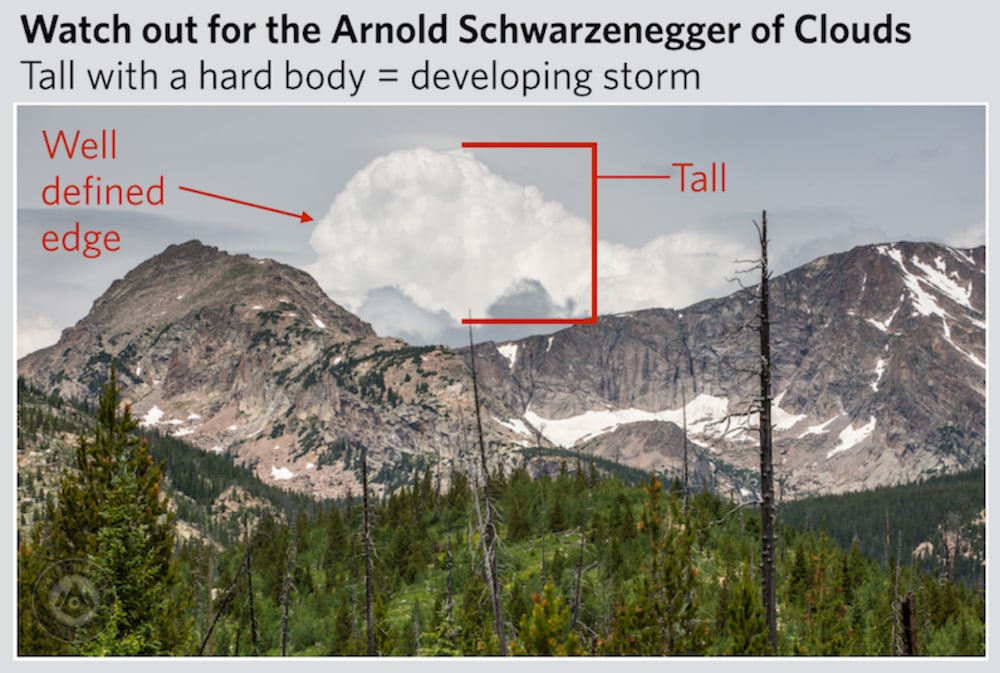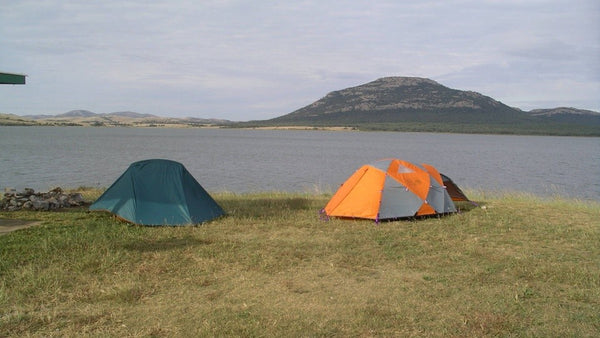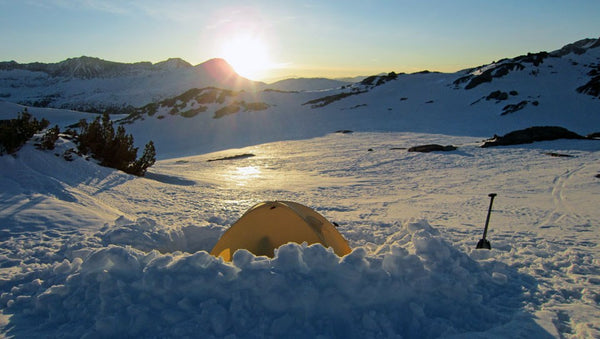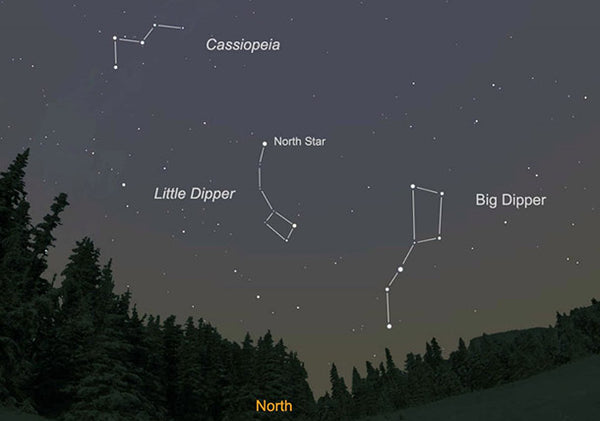Lightning claims between 40 and 50 lives in the U.S. every year. Know how to protect yourself from strikes in the backcountry.
When I began hiking Colorado's highest mountains in 2003, I had one overriding concern: getting struck by lightning. Not only would it totally suck to get zapped, but think of the newspaper headline that would ensue, “Meteorologist Killed by Lightning.” Some legacy that'd be.
So, in an attempt to steer clear of an angry Zeus and an embarrassing obituary, I began collecting expert advice and forming my own rules of thumb about how to stay safe in the backcountry. Use these tips to help make well-informed decisions when you’re on the trail.
Check the Forecast Before You Go
Lightning is nothing to mess around with. If you check the forecast and see rain, you may want to reschedule your hike. Remember, weather can change more quickly in the mountains and storms often roll in in the afternoon, so it pays to look at a forecast—not just the sky.
Beware of Arnold Schwarzenegger Clouds
Look in the direction from which the clouds are moving. If you see a tall Terminator-esque cloud with well-defined edges, it could be the beginning of a thunderstorm that will soon produce lightning.

Photo Courtesy of Joel Gratz
There's No 100-Percent Safe Shelter Outside
The only place of safety from lightning is inside a car or a substantial, enclosed structure. If you're stuck in the outdoors and cannot quickly get to a car or home, you’re putting yourself at risk. This risk is not a reason to avoid backcountry hiking, but it's good to acknowledge.
When Stranded, Head for Lower Elevation
Plan to be below treeline by the time of the potential first strike. Most lightning strikes will target the highest elevation of a mountain, often near the summit or on nearby ridges. To reduce your risk of being struck, plan your hike so that you can ascend to the summit and descend back to treeline by the time the forecast shows the first chance of lightning.
But if you get caught above treeline, descend fast! If that means picking up your pace, do it. If that means going off-trail (safely) so that you can get off the ridge, do it. Even descending 100 to 200 feet to a less-exposed location can help lower your risk of being struck.
Big Groups, Spread Out
If a large group is huddled together when lightning strikes, everyone could be knocked unconscious with no one left to provide medical assistance. By putting space between group members, if the worst happens, at least one or more of the group members should be safe and able to initiate a rescue. Try to put at least 50 to 100 feet between each person.
Mid-Sized Trees Are Safest
While being below treeline during a storm is usually much safer than being above it, you're not guaranteed safety because you are still outside. In this case, steer clear of open fields where you'll be the tallest object, and therefore easiest to strike. Also, avoid standing near or leaning against large trees, which are more likely to be struck. The best place to be is in an area of dense, small- to medium-sized trees.
Crouch Down Low
If you crouch into a ball close to the ground, you'll make yourself smaller than surrounding trees and shrubs. While this isn't a safety guarantee, the smaller and lower you can get, the better.




Richard White II
Author